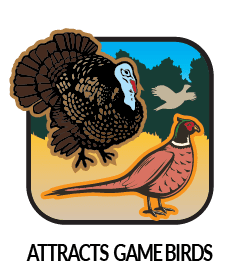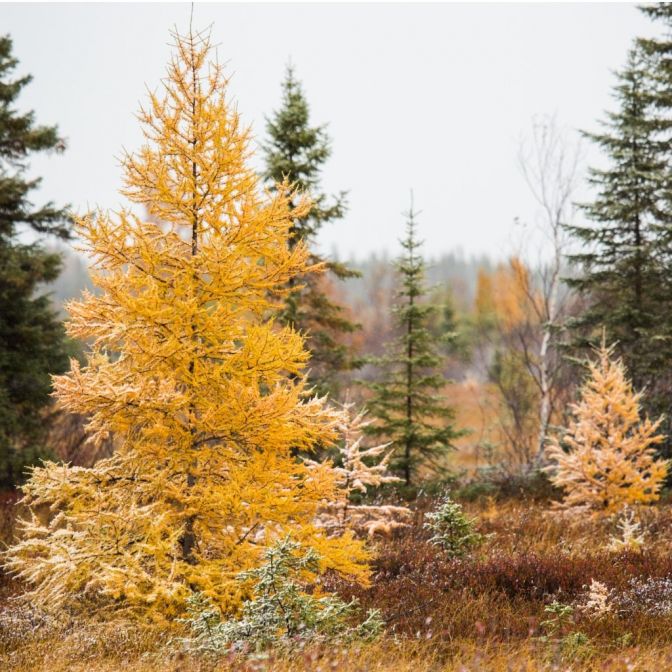American Tamarack
Plant Type: Dormant, bare-root
Zones: 2-7
Soil Type: Clay, Loamy & Sandy Soils
Site Selection: Full Sun
Mature Height & Width: 50-70' Height and 20-30' Spread
Growth Rate: Moderate - 12-24" per year once established
Moisture Requirements: Average to wet soils
American Tamarack Plugs Also Available - CLICK HERE





American Tamarack
Larix laricina
The American Tamarack certainly looks and acts like a pine tree during the growing season. However, unlike most conifers which keep their color and needles year round, the blueish green needles on these trees turn yellow and orange in autumn. The needles then fall off at the end of the season. In spring, soft new growth emerges and the cycle starts over once again. Consider a European Larch for low areas that dry out once in a while.
The American Tamarack is sometimes also known as the American Larch, Eastern Larch, Alaskan Larch and the Hackmatack.
The American Tamarack is a medium to large conifer that holds a special secret. Unlike most other conifers who are also evergreens, the American Tamarack's needles turn a beautiful yellow-orange color in fall and ultimately drop off the tree. The silhouette is interesting in form with its branches showing during the winter months. In spring, new soft green foliage emerges and the entire process starts again. This Tamarack makes a good choice for low lying areas such as wetlands and bogs. This tree will grow well in other areas as long as there is adequate moisture.
Common uses for the American Tamarack:
- Specimen tree with unique foliage
- Fall color, needles turn yellow before falling
- Naturalizing lowland areas in and around wetlands
- Commonly used as a bonsai tree
The American Tamarack has minimal value to wildlife. Some birds will use the limbs for perching and basic cover. Snowshoe hares sometimes feed on twigs and bark and porucpines feed on the inner bark. Spruce, Blue and Sharp-Tailed Grouse will consume the needles and buds. Red squirrels will cache tamarack cones. The Pine Siskin, crossbills and a few other seed eating birds consume the seeds from its cones.







